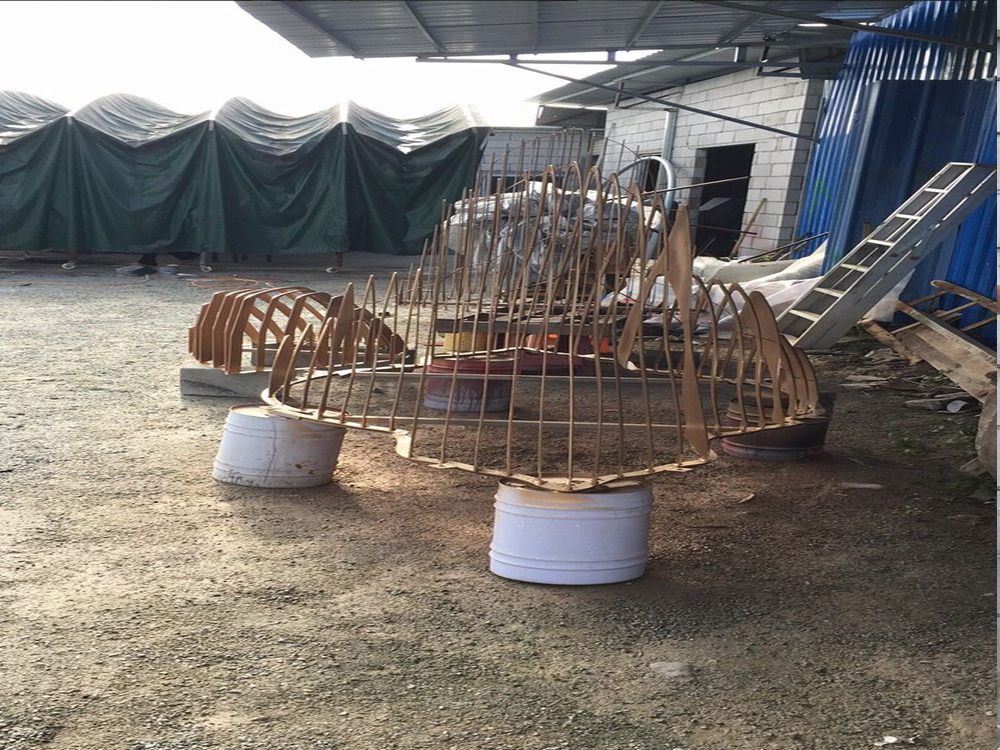
Bronze sculptures, renowned for their durability and timeless beauty, undergo fascinating transformations when exposed to seasonal changes in outdoor environments. The interaction between these artworks and nature creates a dynamic relationship that evolves throughout the year.
In spring, increased humidity and rain accelerate the natural patina process, enriching the sculpture's surface with deeper hues. Summer brings intense sunlight, which can cause the metal to expand slightly, while heat may darken the patina. However, prolonged exposure to UV rays can also fade certain finishes over time.
Autumn introduces falling leaves and organic debris that may accumulate on sculptures, requiring gentle cleaning to prevent staining. The cooler temperatures slow chemical reactions on the bronze surface, stabilizing the patina development. Winter presents the most dramatic challenges, as freezing temperatures and snow can cause micro-contractions in the metal. Repeated freeze-thaw cycles may stress structural elements, particularly in older pieces.
Seasonal changes also affect the visual perception of bronze sculptures. The angle of sunlight alters their appearance throughout the year, while surrounding vegetation creates shifting backdrops that influence how viewers experience the artwork.
Proper maintenance adapts to these seasonal variations. Spring cleaning removes winter residues, while autumn preparations protect sculptures before harsh weather arrives. Many conservators recommend applying specialized wax coatings seasonally to shield the bronze from extreme elements.
Understanding these interactions helps art enthusiasts, collectors, and conservators better appreciate and preserve outdoor bronze sculptures. The ever-changing dialogue between metal and environment adds a living dimension to these artworks, making each seasonal encounter unique.

